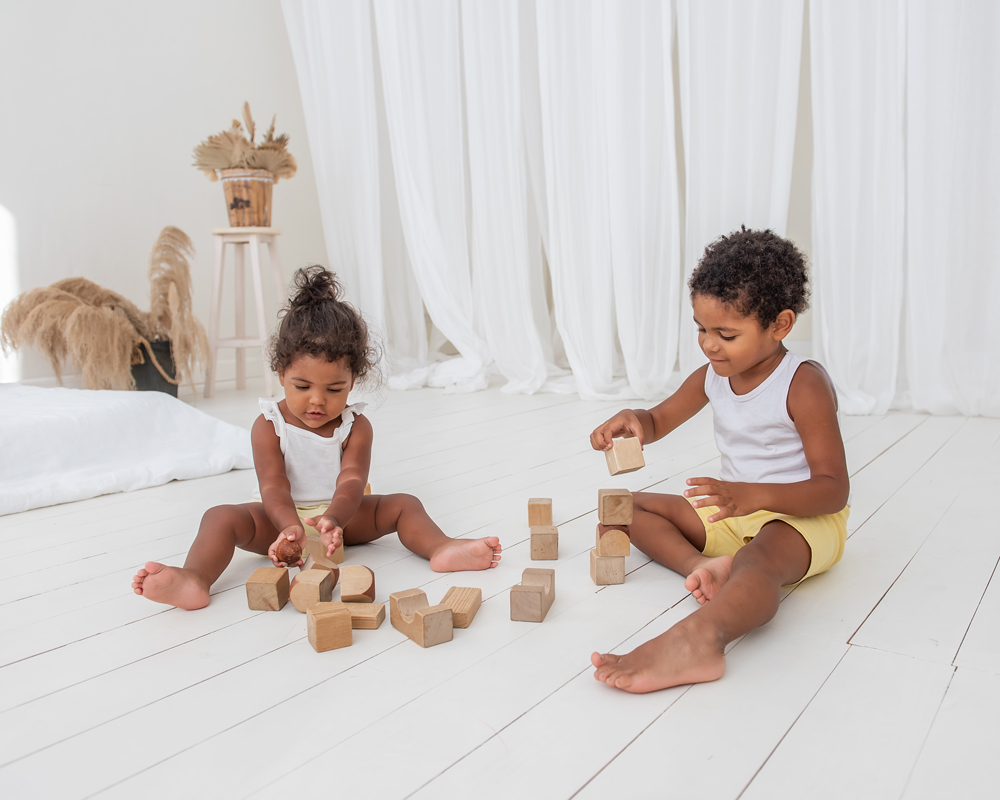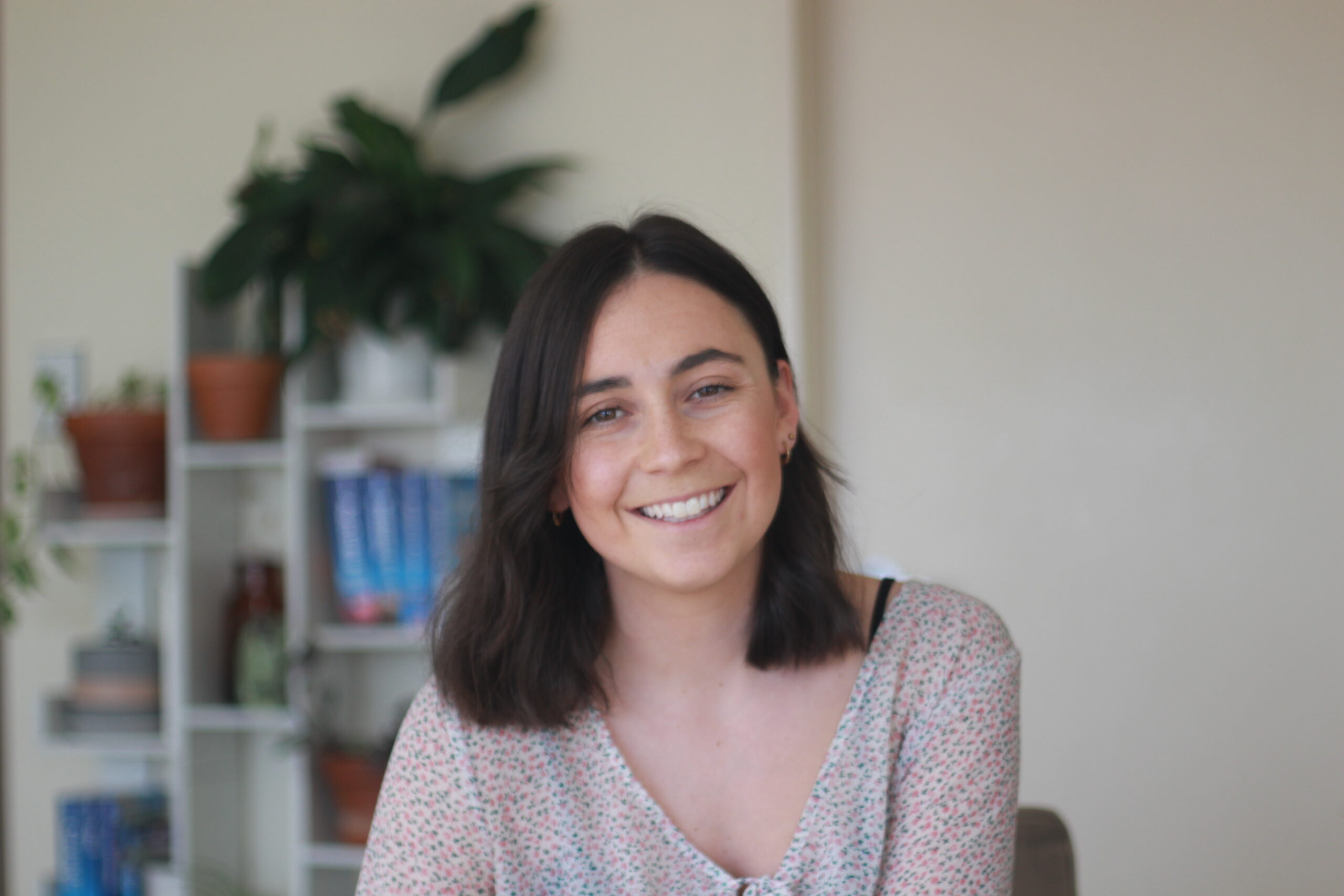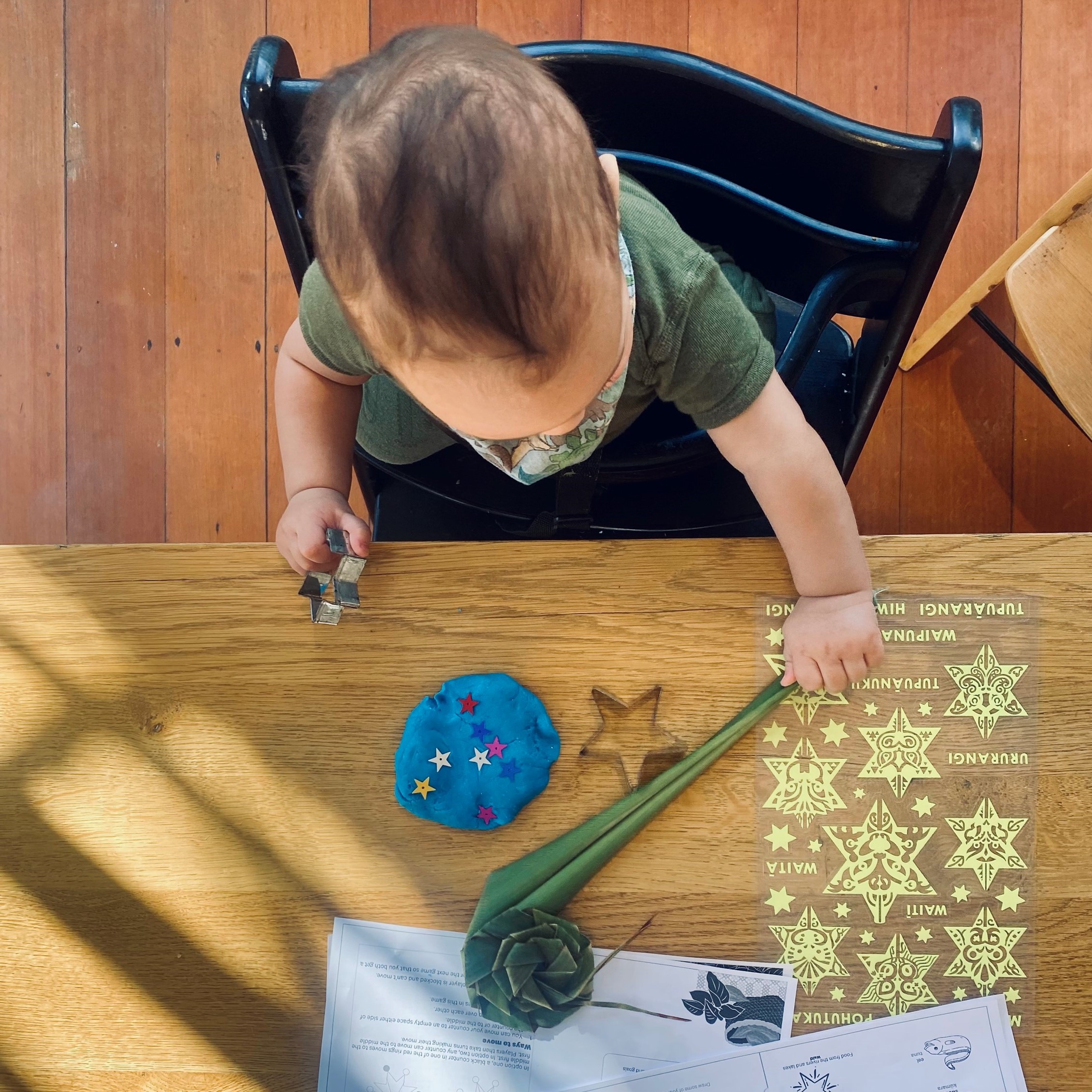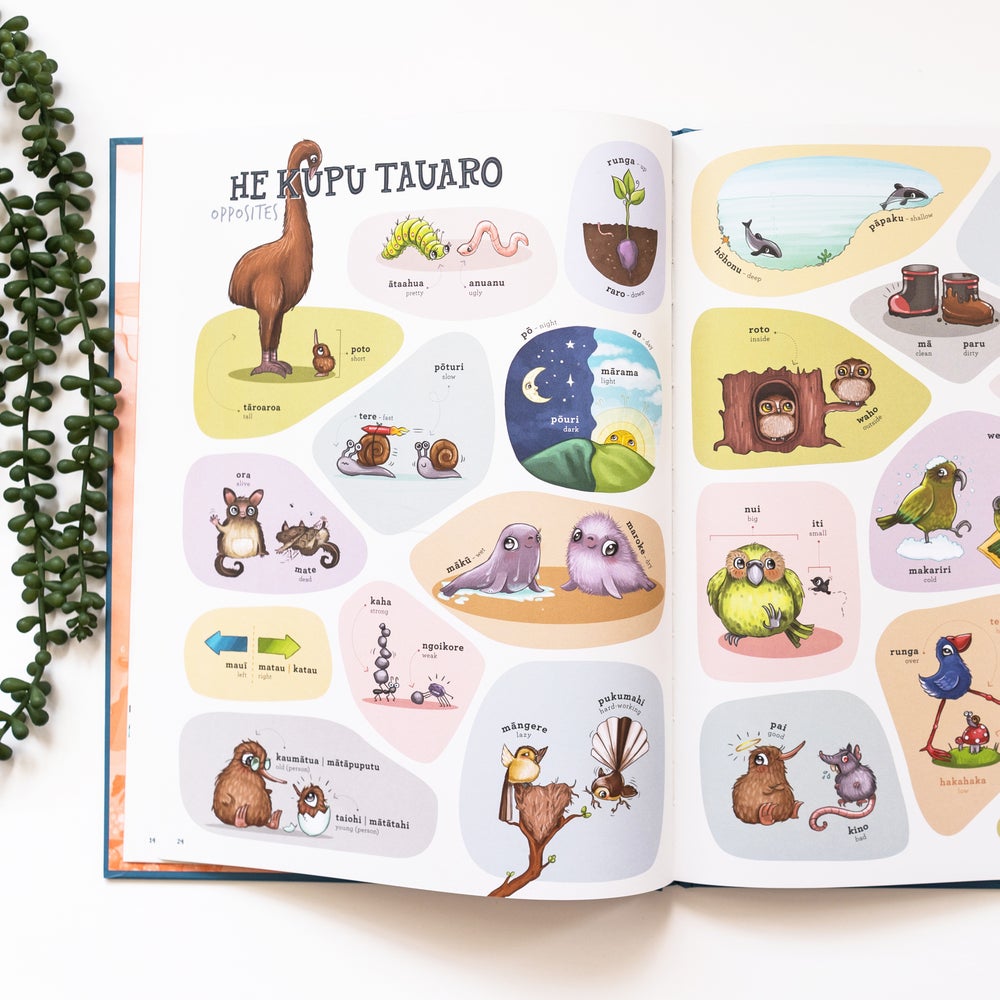Understanding the Importance of Play with Early Childhood Kaiako, Leah Tibbits of Leah and the First Years

For many parents, the relentlessness of entertaining our tamariki can feel overwhelming – even without all the Pinterest-worthy sensory play ideas flooding our social media feeds. And if you’re currently in lockdown, it likely feels even more so. But having an understanding of why your child wants you to play with them can often help ease the pressure… as can the advice of an experienced kaiako.
Leah Tibbits is an early childhood kaiako (teacher) who works at a kindergarten in Tāmaki Makaurau. She also creates content on her Instagram, Leah and the First Years to help parents with young tamariki. Loved for her practical and empathetic advice when it comes to all things children and the first years, Leah is a passionate advocate for brain development, play, and attachment in little ones.
So, in the hopes of helping you navigate the demands of playing with your child at home, we spoke to Leah about all things toddler and preschooler play. Here, we discuss the importance of child-led play, why connection is so fundamental, what buzzwords like ‘schema’ and ‘invitation to play’ actually mean, the fundamentals of having your child play independently, and her favourite open-ended toys for encouraging your child to think creatively (and hopefully play for longer).
Oftentimes, managing our expectations can do wonders for lessening them, so we hope you find this kōrero around play helpful and insightful.

Kia ora Leah. Can you start by introducing yourself?
Kia ora everyone, my name is Leah I live in beautiful Tāmaki Makaurau/Auckland where I was born and raised. I’m a qualified Early Childhood kaiako (teacher) with a Bachelor of Education in ECE. I am lucky enough to get to do what I adore every day and my current role is teaching in a public kindergarten.
Today, we’re talking about play. So, give us the science! Why is play important?
Science tells us that the human brain is divided into lots of different sections but we can categorise them into four sections. The first three sections – the brainstem, midbrain and limbic system – are what’s developing the most in the first seven years of life. These are the safety brain, the movement brain, and the social and emotional brain. We know from all the research about development and the brain that it’s through play that children create the most neurological pathways. Therefore, it’s through play that children best develop the appropriate skills and knowledge they need for the rest of their lives.
What does ‘learning through play’ mean?
Learning through play covers all the development that is occurring for children whilst they are exploring the world around them. All the foundations of formal learning occur when children are playing. We, as adults, just often miss the cues that children are showing us. Basically, everything a child learns is through play, as they are exploring with their body and all their senses.
Can you explain what unstructured play is and why it is so important?
Essentially, unstructured play is play that has no specific outcome or goal at the end (which we as adults seem to love haha). It’s just children exploring and using their imaginations to play, not for an end goal but the joy of it.
Structured play might look like: we are building a house for the dolls from lego.
Unstructured play might look like: using the lego to build whatever they like.
The reason it’s so important is that so many fundamental learning dispositions are learnt through play, such as creativity, imagination, problem solving, perseverance, teamwork… the list goes on. Alongside dispositions, children also are developing the foundations of literacy, numeracy, as well as fine and gross motor skills. Unstructured play is really the ‘work’ of childhood.
View this post on Instagram
What is an ‘invitation to play’ or a ‘provocation’ and how do these feed into that requirement for unstructured play?
I love that these terms are used so commonly now as before they were just things you heard early childhood teachers say. It’s wonderful that the value of play is spreading throughout society.
An invitation to play or provocation is something set up for children to play. So, it might be that you set up an empty cardboard box on the ground with some paint and paintbrushes for your child to explore – you got the materials and created the environment for the child to navigate. Here’s where it gets tricky: invitations to play are awesome and I use them in my job every day to inspire new play ideas from children BUT we still want to encourage child-led play.
If you set up the cardboard box and paints but your toddler actually wants to paint leaves lying on the ground next to the box instead, that would be different to what you had intended them to do, but is child-led. The child was empowered to choose the direction of the play.
I think from social media there is this pressure to create these beautiful setups for children to provoke learning which is awesome but it is beneficial for children to naturally explore toys too. My message is always don’t feel the pressure to do ‘x,y, and z’ if you or your child don’t get much from it.
What is the one thing all children need when it comes to play and what does that look like practically for parents?
I love the quote ‘the best toy a child could ever have is an adult sitting with them on the floor.’ All the toys in the world could never compete with the connection from their parent or caregiver; you are their best teacher. It’s through connection that children feel safe and secure to explore and learn and it’s where language is learnt. Don’t overthink play, sit on the ground and talk with your child, connection is what builds your child’s brain.
What are schemas? How can having a basic understanding of schemas benefit parents and their child?
Play schemas are the patterns of play that naturally occur in every child. Kimberly Crisp and Pennie Brownlee, who are two of New Zealand’s biggest advocates for play, coined the term ‘play urges’ which sums it up wonderfully.
Play schemas or urges are the underpinnings of all children’s play. Examples of schemas are:
- Transporting: notice how a child loves to move all their objects around the house.
- Trajectory: notice how your child loves to throw their food from the high chair or across the living room.
- Enclosing: notice how your child loves to hide under the bed or in a blanket fort.
Learning about play schemas helps parents understand the ‘why’ to a lot of really common behaviours or play patterns children have. I recommend the book The Sacred Urge to Play to parents, whānau and teachers – it’s easy to read and really unpacks all there is to know.
For many parents, the goal is to have their toddler or preschooler playing independently for as long as possible! Realistically, what can we expect from our children in terms of independent play and how can we best foster this?
The key for independent play is for the child to have a strong, secure attachment base that allows them to feel safe to explore. Every child is so different and depending on their experiences in the first years of life this will vary.
I often remind parents that the brain tells children they need to move all the time so often sitting in play can be unachievable for young children. Movement is so crucial for young children and so they might only play sitting down for approximately 1 minute for their age before needing to crawl, run, hang upside down. I go by the minute to age ratio, three minutes playing independently on the ground with toys for a three-year-old.
The best way to get the longest amount of time from an independent play session is going back to what I spoke about before – child-led play (they decide) and free play (no expectations).
What are open-ended toys and why are they beneficial?
Open-ended means no fixed outcome or agenda for the play and it can be used in a multitude of ways through lots of imagination. They are great for young minds as they foster the child to think creatively and often encourage play to go on for longer. They will often be the toys you keep from child to child and pass down to others because every time your child plays with them, something new can come from it.
What are your top five open-ended toys for toddlers/preschoolers?
- I think magnetic tiles are the greatest toy invention and they are definitely the most used resource in my kindergarten.
- Blocks of all shapes and sizes are a staple open-ended toy.
- Duplo is another awesome toy as it is really durable and easy to clean #win.
- Sand (I’m going to claim this as a toy haha). But sand can be used in so many ways for such a vast span of ages.
- Scarves, ribbons, and sheets of fabric is another great toy which children use so creatively in different areas of play and can extend lots of children’s games (depending on the age, I would keep supervision on this).
Other than toys, what other learning resources are important to have at home to support a child’s development in those early years?
My vote is for the classic book. Communication and interaction is the greatest gift we can give a young child and their developing brain. Whether your child is non-verbal or talking, reading is a great way to build language and support communication. Bonus tip if you can read stories in other languages – we have so many amazing Māori authors in Aotearoa and I encourage everyone to learn and use te reo at home whenever you can.



